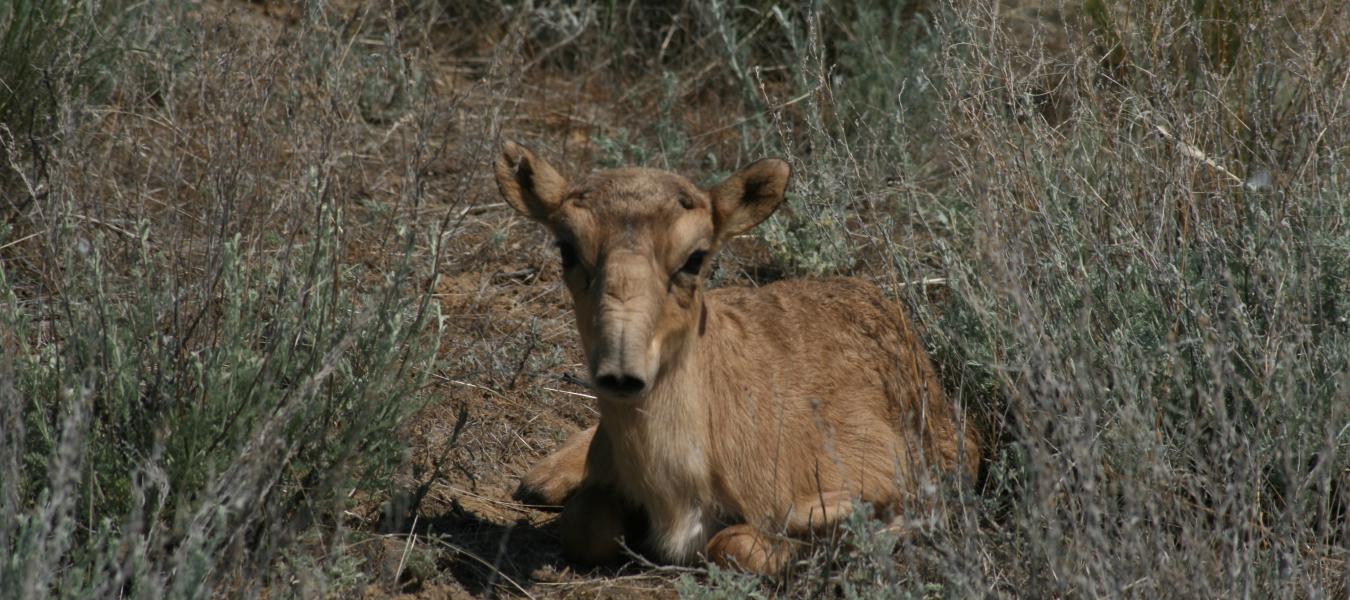The Status of the Saiga Antelope in the Ustyurt Region of Western Kazakhstan - Marcus Fry, MSc Thesis

The Saiga antelope (Saiga tatarica tatarica) has experienced spectacular declines in all four of its Central Asian populations in recent decades. Anthropogenic factors are considered to be the root cause, with poaching considered to be the primary factor. This activity is fuelled by the demand for meat for local sustenance and the relatively high income that can be gained by selling the horns (ling yang, 羚羊) , possessed only by the males, to the Chinese market for traditional medicine.
An expedition went to the remote Ustyurt population in western Kazakhstan during May 2004, to investigate the status of the antelope at a particularly vulnerable time in its life cycle, when the majority of the population historically migrates into a restricted range to form aggregations in which the females give birth in a mass calving event.
Anecdotal evidence from other Saiga populations suggests that at low densities this behaviour changes, with females choosing to give birth away from the shelter of an aggregation.
This study set out to gather evidence to ascertain whether this was the case in Ustiurt and to establish whether the calves, were comparable in vital statistics to those sampled in 1998, time when the population size was large and healthy. Results indicated that the majority of Saiga were not aggregating and were instead forming dispersed groups over a large area and hence at a very low density.
An extremely low ratio of males to females and calves to females was observed and this is believed to be interrelated, the biased sex ratio resulting in few pregnancies, with many barren females. The root cause of this observation for the low proportion of males and associated low fecundity is likely to be from selective hunting of the males for their horns. The species is in grave danger of reproductive collapse unless urgent conservation action is taken. Direct disturbance by the expedition may have been a driving factor in certain observations of behaviour and the benefits of intrusive research should in future be weighed against the costs of disrupting an already endangered population.
